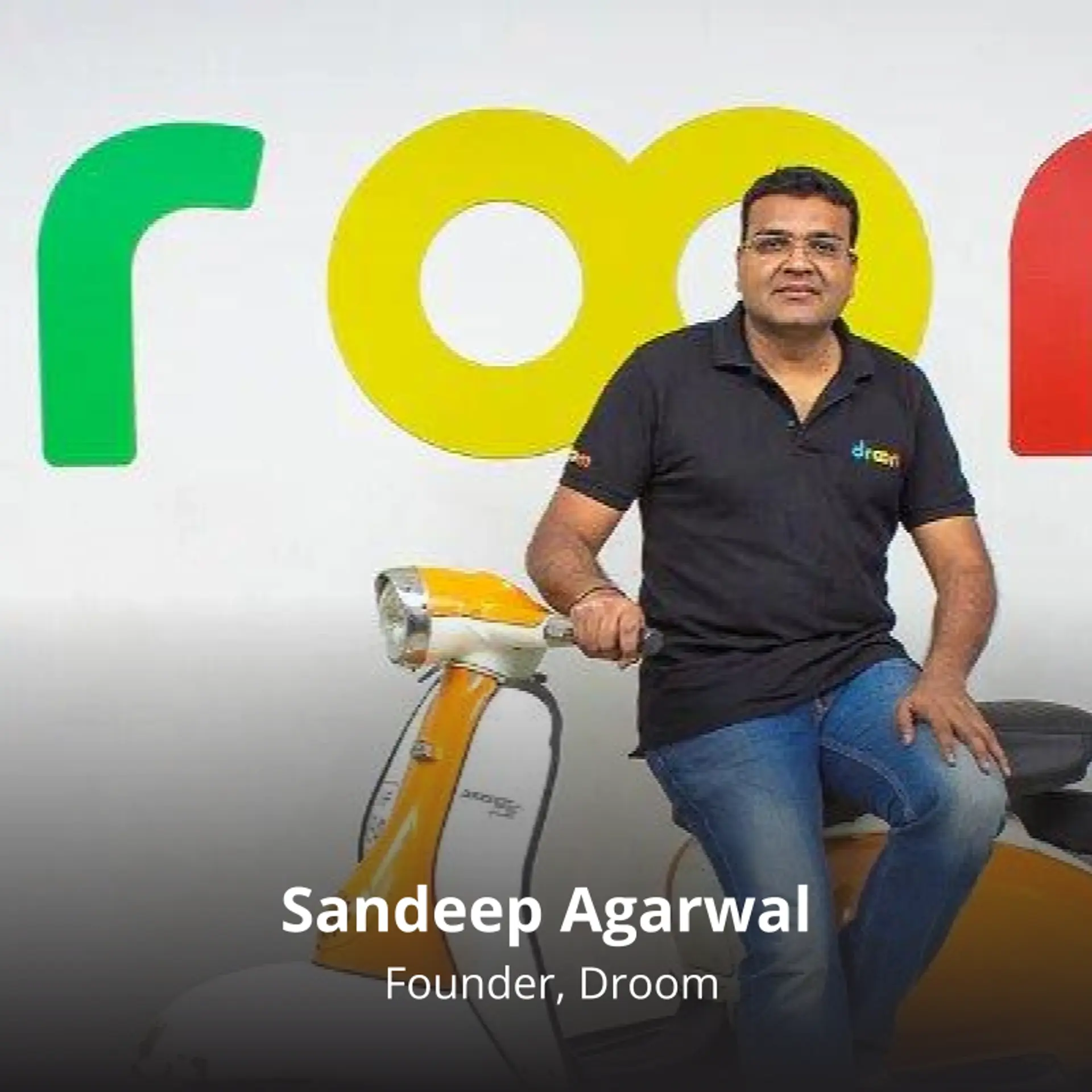From Udaipur, The House of Things makes India a destination for design
The three-year-old self-funded startup is already profitable.

Startup: The House Of Things
Founder: Astha Khetan
Year of launch: 2015
Location: Udaipur
Sector: Home and Lifestyle
Problem it solves: Luxury goods for home from designers inside and outside India
Funding: Self-funded
Traditionally, India is known as a crafts hub. But a luxury design startup based in Udaipur is focused on making India a forward-thinking design destination. The House Of Things is a platform for heritage crafts and niche design from all parts of the world.
The brain behind this ecommerce platform is Astha Khetan, 32, who grew up in Udaipur.
After completing her Marketing degree from UK in 2007, she worked at Adlink media, a London-based digital media agency, before moving to Mumbai for a stint at Unilever. But entrepreneurship was in her mind.

Astha had always felt that access to luxury goods in Udaipur was non-existent, with only flea markets and online shopping. She decided to seize the opportunity she seized.
In 2015, she combined both her loves: entrepreneurship and all things home. Thus The House Of Things came into being as an online portal of discovery – showcasing what a home could be.
This self-funded company offers selection of furniture, lighting, home wares, textiles, curios, and art sourced from over 200 brands and artisans from all over the world.
“The word ‘Things’ keeps us fluid, unrestricted in terms of categories,” Astha tells YourStory on why she chose the name for her company.
Shaping India’s image
In a marketplace model, The House of Things began by sourcing unique pieces from brands to ship across India. In three years, it has turned to serving 150 countries. Today, they also provide high-end brands like Imperial Knots, Maleras, Arpan Patel, Duffy London, Indecrafts, Mayur Arts, and Objectry among others.
“We want to promote India as a forward-thinking design destination; not just a crafts hub,” Astha stresses.
To offer the perfect piece when they can’t track it, The House Of Things designed its private label too. The House of Things Collection is available only on its platform.
“We travel round the globe to work with top manufacturers and source the right materials for every hand-designed product. I.E.V.O, is our in-house manufacturing atelier,” says Astha.
Marketing for a niche customer
The House Of Things targets a different audience compared to other ecommerce home décor websites in the country. Its prices are in the premium-to-luxury bracket. It reaches out to customers mostly through blogs, that, Astha says, adds great value, as you can share high-quality content.

Social media is another tool. Astha explains, “As long as we know our customer well, we can use metrics like interests, geographic location, marital status, age and many others, to locate potential consumers to send to strategically-targeted landing pages. To reach our target market, we need amplifiers, power users and influencers to help spread our messages. Email marketing helps develop a relationship with customers - we connect first, and then focus on selling.”
According to her, more than 50 percent users want personal support before and after the purchase of items. “Our major differentiator is our expert curation and personalised service – from helping a client to find the right fit for her interiors to sourcing the ultimate object,” she reiterates.
The House Of Things website has about 80,000 visitors in a month. Astha claims that 80 percent of its customers place a repeat order within the next 6-8 months of their first purchase.
Building the backend
For domestic as well as international orders, The House Of Things has partnered with third party logistics vendors. But the challenge was getting access to the right technology, as it was not easy to find/hire coders and developers for the website within Udaipur.
As an ecommerce platform, tech is exceptionally important to The House Of Things. “It is something that also makes our client check back as it helps make the website user-friendly for the ultimate shopping experience,” says Astha.

Currently, The House Of Things’ team is made up of a business and marketing head, a merchandising team, a finance team, backend operations team, content and social media analyst, and a graphics team.
“We have also partnered with other design and development teams to take care of technological issues, user tribulations and integrates solutions to those,” Astha adds.
Boosting employment
According to Astha, The House Of Things has boosted the local economy. “As a support for the local artisanal communities and craft clusters (in Udaipur), we ensure their product is available globally. Our company gets to be a part of and donate to the city’s local charities, cultural organisations, community events, or the local non-profits,” she says.
The House Of Things mostly makes outright buys from artisans, specially commissioning designs that are only available with them. “By virtue of exclusivity, it is often that people have found the website because they come searching for the product itself,” Astha notes.
The three-year-old company has already attained profitability. They broke even one-and-a half-years ago. “In terms of net sales and revenue in the last two years, we have grown annually at a wholesome rate. With a relentless focus on long-term growth, we aim to grow at a similar rate,” says Astha, signing off.







